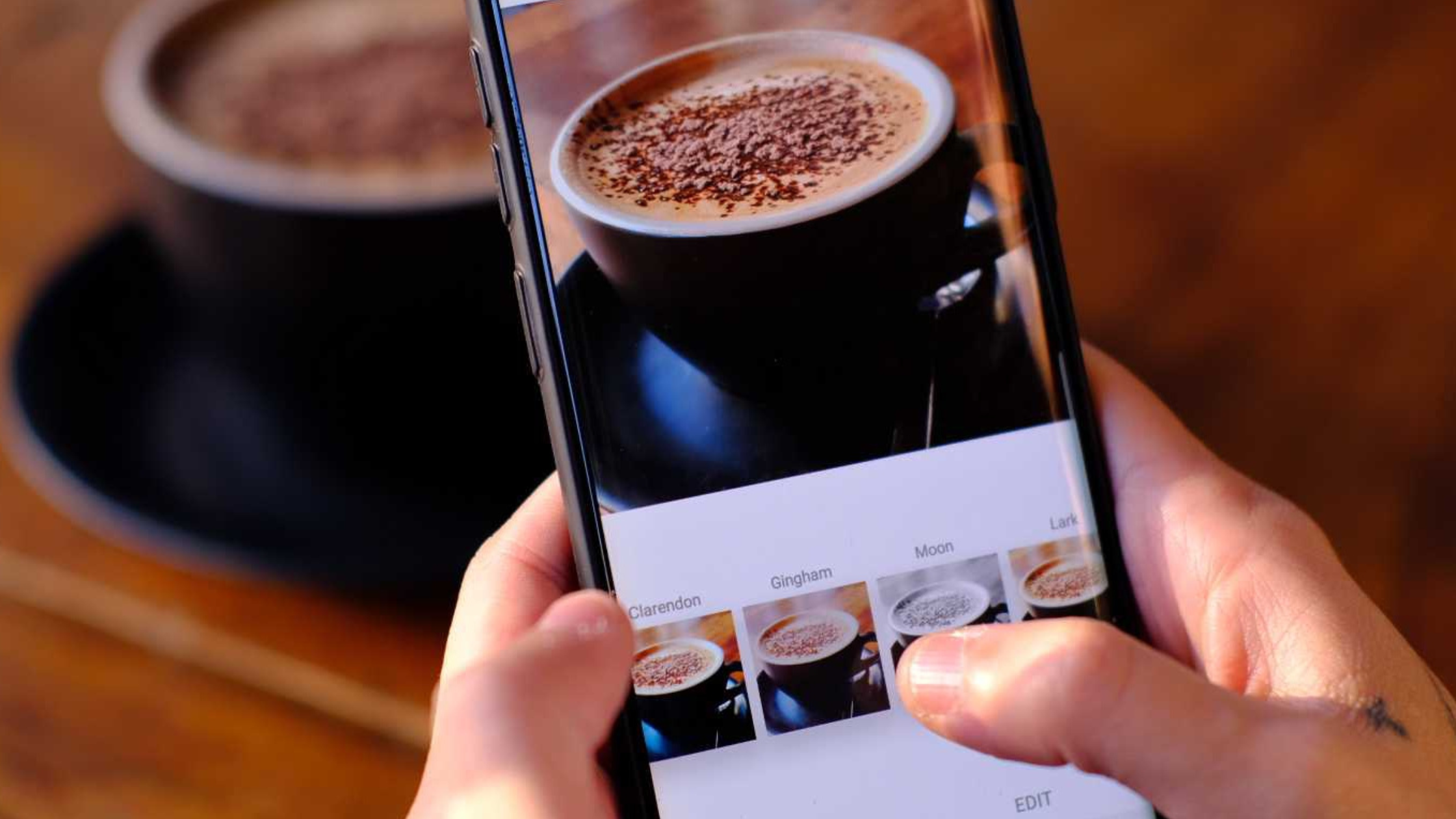Table of Contents
ToggleH1: Mastering Ad Placements on Facebook for Maximum Marketing Impact
With over 2.9 billion monthly active users, Facebook offers unparalleled reach for brands seeking engaged audiences. But cutting through the noise on this massive platform requires strategic ad placement. Where and when you serve your ads can make or break campaign performance.
This 4,000 word guide will explore proven techniques for optimizing Facebook ad placements. Follow our research-backed recommendations on placements, formats, timing, sequences, and measurement. Discover how to grab attention and drive action amidst the world’s largest social media audience. Put your ads in front of the right eyeballs at the right moment.
H2: Why Placement Matters for Facebook Ad Results
Many advertisers put enormous effort into crafting compelling creative yet treat placement as an afterthought. But where and when you deliver your message can drastically amplify or inhibit its impact.
According to studies by Social Media Today, optimizing timing on Facebook can improve click-through rates by up to 2.5x and reduce cost-per-click by up to 62%. Placement directly impacts visibility, engagement, and conversions.
Factors that influence ad performance based on placement include:
Feed algorithms – Facebook’s News Feed surfaces content based on relevancy and perceived interest. Ads must align to rank prominently.
Screen real estate – Limited space on mobile makes ad format and position critical. Only strong creatives in key spots attract attention.
Audience mindset – People browse Facebook differently across contexts and times of day. Align your tone and message accordingly.
Timing with events – Showing relevant ads around real-world happenings improves receptivity.
Careful placement based on how audiences engage puts content in front of the right people at the right moment when they’re most likely to take action.
H2: Choosing the Best Ad Placements on Facebook
Facebook offers advertisers a range of potential placements to display ads. Here are top performing positions for visibility and engagement:
News Feed – The main scrolling feed on desktop and mobile is prime real estate. Useful for brand awareness and video views.
Stories – Appearing in between friends’ stories keeps your brand top of mind. Ideal for purchases with social validation.
Marketplace – Highly targeted given context of browsing items for sale. Strong for ecommerce promos.
Right Column – On desktop only, appears on the far right rail. Drives clicks due to focus while browsing.
Instant Articles – Ad placements within the content of trending news articles. Great for tech or finance brands.
In-Stream Video – Ads shown before or during videos. Captures large, engaged audiences already in a viewing mindset.
Search – Appears at the top of search results. Excellent when users show purchase intent by searching.
Test various placements to determine what best reaches your audiences in the mindset you want. Mix and match for diversity.
H2: Choosing the Best Ad Formats for Each Placement
Once you select promising placements, refine further based on ideal ad formats:
News Feed – Create thumb-stopping video and carousel ads tailored to mobile
Stories – Short 5 to 15 second video ads or single clean images
Marketplace – Promotional carousel or collection ads with clear calls-to-action
Right Column – Text and image ads with strong headlines for focused browsing
Instant Articles – Interactive content including polls, quizzes, and comment prompts
In-Stream Video – 15 to 30 second skippable video ads, but test 6 second non-skippables too
Search – Text ads with closely matched keywords and clear value prop
Format directly impacts performance. Adhere to best practices for creatives to match each placement’s consumption patterns. Test different options to learn what resonates.
H2: Optimizing Ad Timing Based on Audience Habits
Facebook usage varies enormously by time of day and day of week. Align your campaign to when your audiences are most engaged:
Mornings (6 AM – 9 AM) – Catch early risers browsing their feed over coffee or commuting. Avoid hard sells.
Mid-Day (11 AM – 2 PM) – Peak for personal messaging. Drive clicks with entertainming content.
Afternoons (3 PM – 6 PM) – Usage dips as people focus on work. Test limited promotions.
Evenings (7 PM – Midnight) – Strong engagement makes this primetime for video and sales messages.
Weekends – With more leisure time, weekends excel for brand building and awareness campaigns.
Use Facebook’s Audience Insights and Ads Manager to analyze your target users’ patterns. Then align timing and placements to their habits.
H2: Coordinating Ad Sequences Across Placements
For maximum impact, plan sequential messaging across multiple placements:
- Awareness in News Feed, engaging content in Stories
- Promoted posts to cold audiences, retargeting existing followers
- Product views in Marketplace, coupon promos in Right Column
- In-Stream video on weekends, Instant Articles weekdays
Look for complementary placements that attract attention then drive action. For example, run an awareness campaign in News Feed then follow up with special offers in Marketplace.
Create custom, saved audiences from each placement for future retargeting. Build sequences that expose users to multiple relevant touchpoints.
H2: Tools to Measure and Refine Ad Placements
Continually track performance and optimize your placements:
Facebook Ads Manager – Review results and create split tests for placements.
Audience reporting – Assess engagement from each placement’s audience segment.
UTM campaign tagging – Adds tags to track post-click actions and conversions from each placement.
Multivariate testing – Test how different placements and formats influence conversion rates.
Attribution modeling – Determine incremental influence of each placement on converting audiences.
CRM integration – Combine ad engagement data with CRM records for a full-funnel view.
Measure every placement and format scenario to determine ideal combinations that attract and convert your goals. Let data guide your ongoing optimization.
Conclusion: H2: Maximizing Facebook Ad Results Through Strategic Placement
Many brands mistakenly treat placement as an afterthought, failing to harness its immense power in driving Facebook ad performance. But meticulous placement unlocks benefits:
- Increased visibility and discoverability amidst fierce competition
- Improved engagement rates when aligned to audience media habits
- Lower cost per result by targeting placements optimised for response
- Sequences tailored to move audiences towards conversion across placements
Brands investing heavily in Facebook advertising would be remiss not to also optimize when, where, and how ads are delivered to users. Match context to intent at each stage, then track and refine.
As consumer behavior evolves and Facebook’s platform grows, agile advertisers continually test and expand their placement strategy. Winners combine audience understanding with a test-and-learn approach to respond to this dynamic environment.
The costs of overlooking placement optimisation are clear. Engagement rates, conversions, and ROI all suffer without thoughtful placement. Is your Facebook ad strategy Complete?
H2: Frequently Asked Questions
What are the benefits of optimizing placement for Facebook ads?
Strategic placement boosts visibility in the crowded News Feed, lowers cost by improving engagement, and allows sequences tailored to different audiences and intents.
What are best practices for placement on mobile specifically?
Focus on thumb-stopping images/video and compelling headlines. Use simple designs with clear calls-to-action. Adapt formats like carousels and Stories to small screens.
How can I determine the best placements for my audiences?
Use Facebook’s built-in analytics to study your target users’ browsing habits across times of day and placements. Test different options and measure engagement.
What’s the best way to create sequences across placements?
Build audiences for retargeting from each placement. Then create coordinated sequences that expose users to a series of complementary ads across placements.
How should I adapt my creatives for different placements?
Tailor formats, lengths, and messaging tone to match the consumption patterns for each placement. Align to audience mindset and intent.


